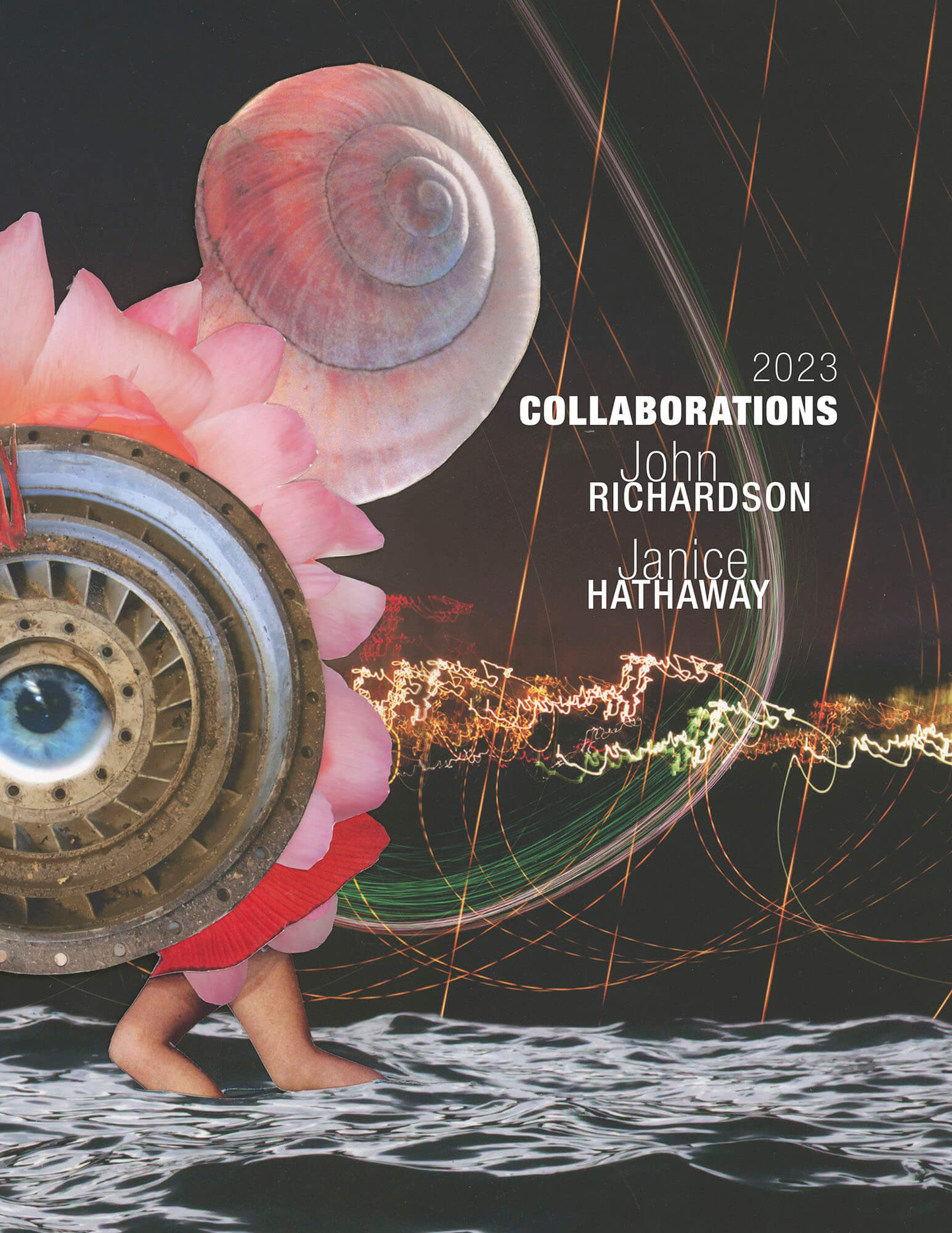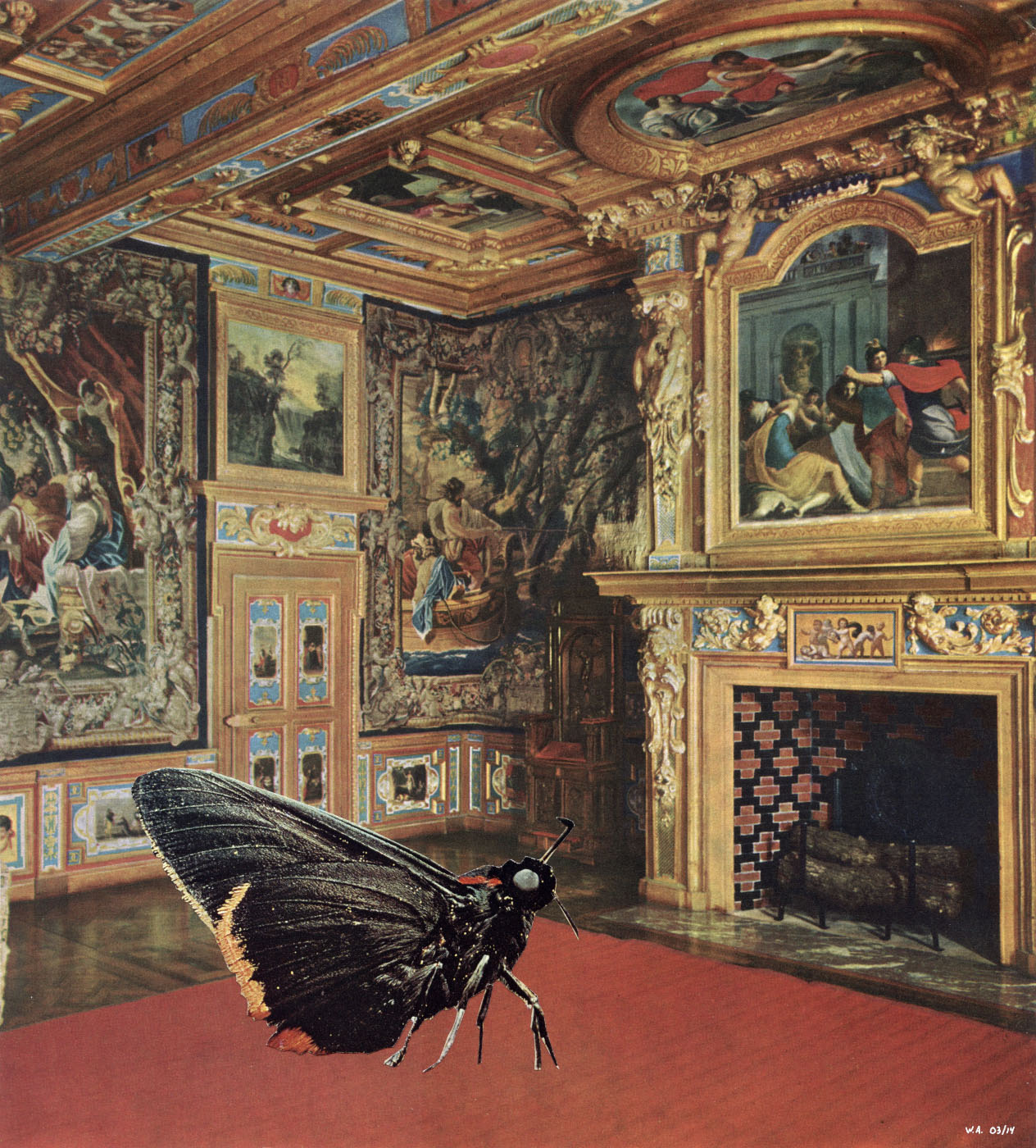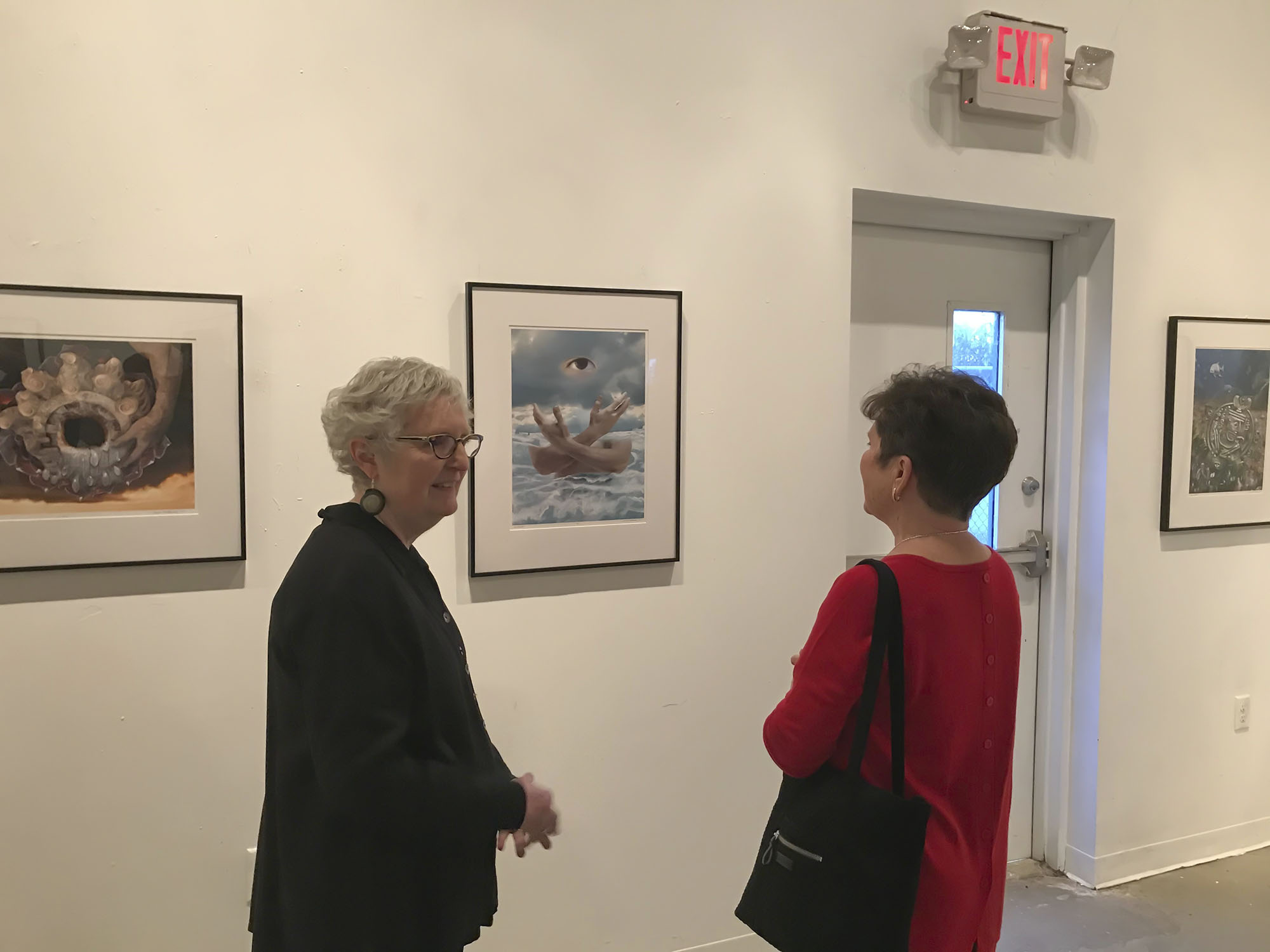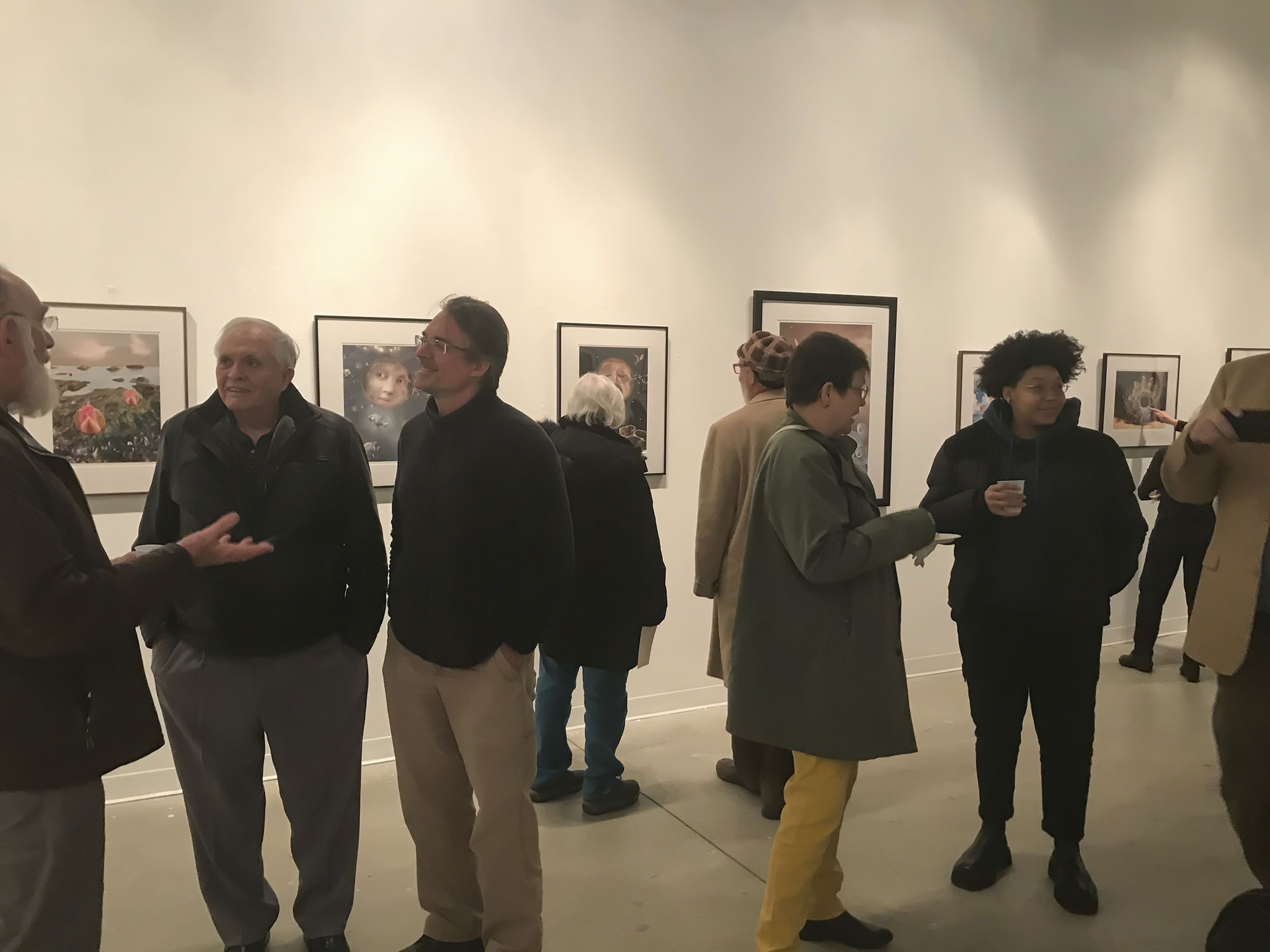The following is a part of A Rolling Conversation on The Linda Matney site.
A Rolling Conversation
When I was completing my MFA in Printmaking and Photography at the University of Alabama in Tuscaloosa Alabama in the 1970s, my instructor’s were predominately male. I was also an active participant in the Raudelunas, TransMuseq and Glass Veal scene in Tuscaloosa at that time. Although there were other women participants including LaDonna Smith and Anne LeBaron, the majority were male. Due to this male influence, my work did not reflect who I was as a woman. This was the South in the 1970 and the women’s movement was a dream. After graduation I worked for several years without sharing my art with anyone. This isolation allowed me to reflect on who I was as an artist and begin to work from a female perspective. That early awareness is embodied in my 2019 work Awakening.
The process I used to create Awakening has taken many years to develop. After I finished graduate school, I wanted to be able to continue working as a printmaker but did not have access to a stone lithography press or a stone. As a substitute I began to make large prints of my photography and to hand-color them to simulate my lithography. I became bored with just having a single image and began to cut the prints to make photographic collage. I continued with this process until I moved to Hawaii in 1998 where I no longer had access to a home photography studio. While in Hawaii I began to teach early graphic software on the computer and as the software and equipment became more advanced, I was gradually able to develop a process that was similar to my hand-colored photo-collage and my early lithography.
I am committed to only working with my own photography. Awakening was created in Photoshop from a studio photograph of a model, several photographs of tulips to create the lush foreground and a sky for a background. The blending of the figure into the sky and the soft edges around her fingertips were made by adding a mask to the figure and by using an airbrush tool by hand to soften the edge of the mask.
I now call my fully digital approach transmorgraphy since my process expands and informs contemporary surrealist printmaking, photography, photo-collage, and digital media.

















